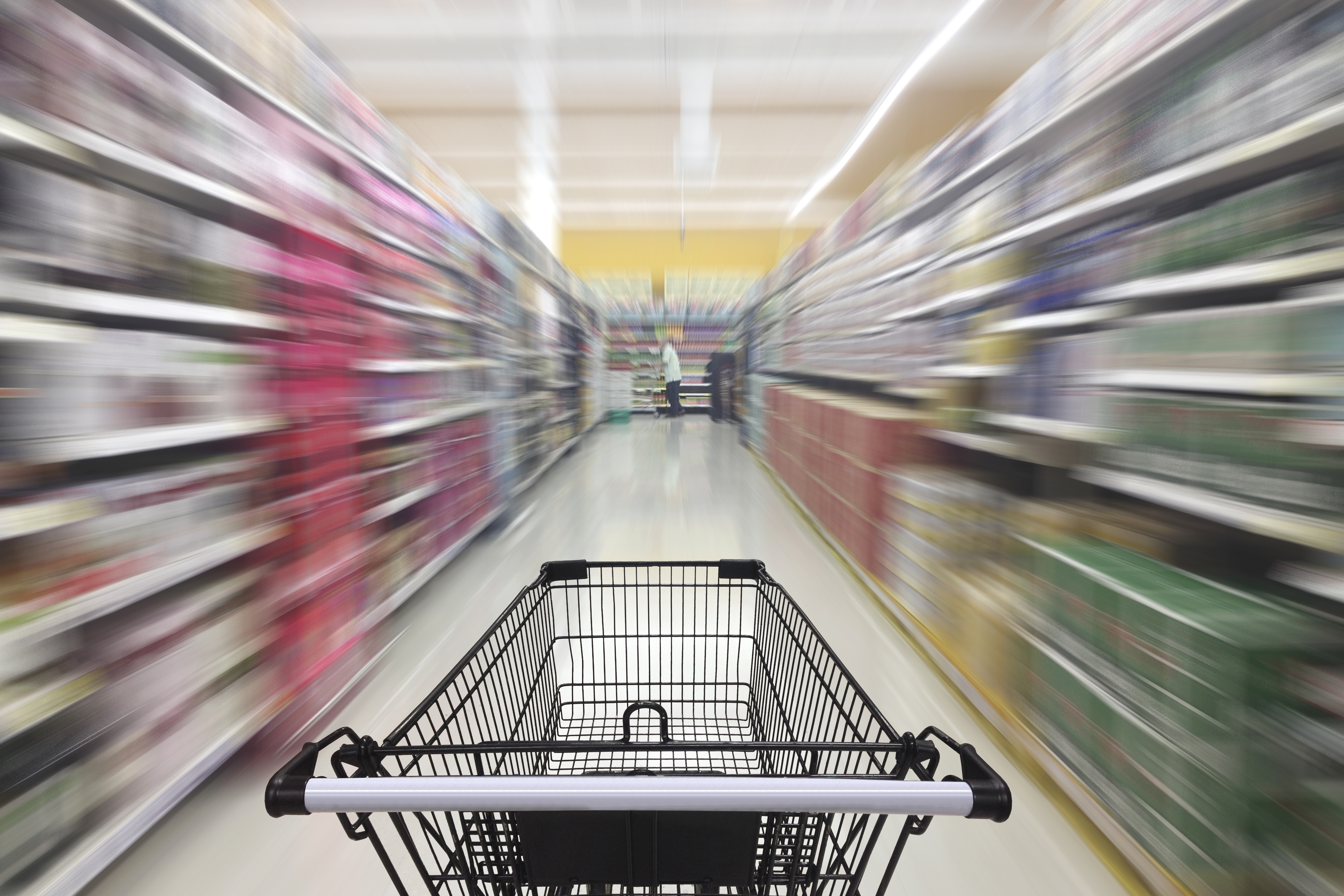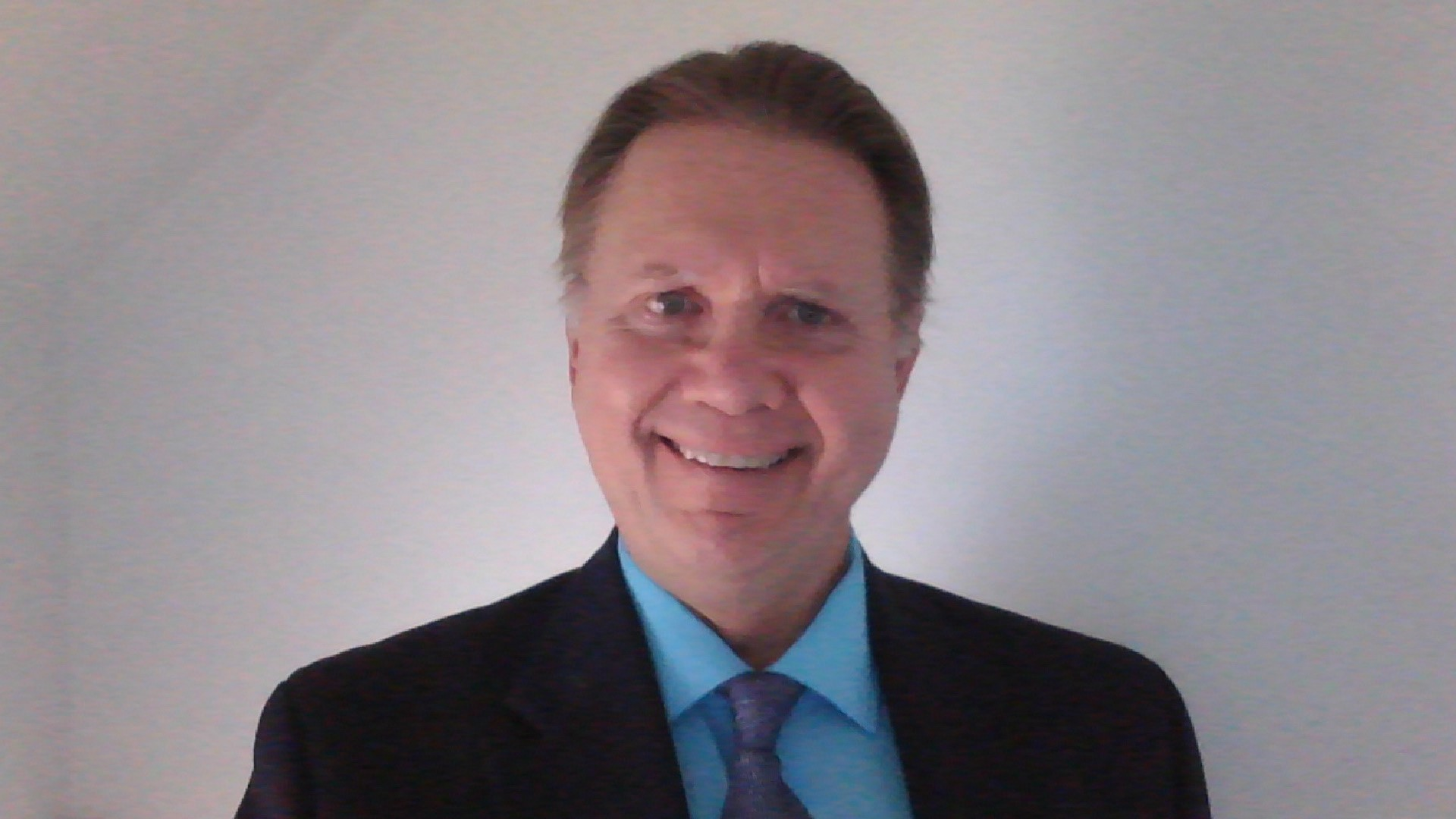
Degrowth day: the steady state economy and population
In a guest blog to mark Degrowth Day, Brian Czech, Executive Director of the Center for the Advancement of the Steady State Economy, discusses the limitations of the current economic system, the way forward, and why population matters.
Why are we concerned with population growth? Is it because only so many angels can dance on the head of a pin? No, it’s because humans aren’t angels, figuratively for sure, but more importantly literally. Unlike angels, every human being requires food, water, and space, just like every other species trying to inhabit the planet.

“Growth is good”
The use of resources is where economic policy comes in. Sure, we could try to manage natural resources in some vaguely “sustainable” manner with agricultural, forestry, fishing policies and the like. But that’s not going to cut it. Not when the overriding policy goal is economic growth, as it has been for decades.
Economic growth means increasing production and consumption of goods and services in the aggregate. It entails a growing population and consumption. It’s measured with GDP. It can’t go on forever. It was a great thing early in the 20th century. Two decades into the 21st century, it has a different greatness: it’s the greatest threat to people and planet.
When economic growth is the primary goal, resource conservation policies play second fiddle at every juncture of government decision-making. That’s why, despite all the environmental protection in the lawbooks of most countries, every broad measure of environmental health has plummeted while GDP has risen relentlessly.
Meanwhile, international agreements such as the Paris Accords are the laughing stock of the diplomacy profession as the World Bank, IMF, and WTO push their pro-growth agendas.
The social cost
Beyond the purely environmental concerns, plenty of social trends are indicating a bloated GDP. Noise, stress, traffic congestion, and numerous health issues are telling us we’re too crowded. Our competition for resources is getting too hot to handle. Extreme political polarization is a sign of the social stress that comes with an economy beyond the cusp of capacity.
Then there’s war. Look closely at the history of warfare, and you’ll be hard pressed to find a conflict that wasn’t triggered by or centered upon competition for resources, with the ultimate resource being the land itself. Read the history books or look no further than Ukraine, and Putin’s grab for lebensraum.
That’s why at CASSE, we like to say, “Peace is a steady state economy.” Social stability is a steady state economy. Sustainability is a steady state economy.
And of course, population stabilization goes hand-in-hand with a steady state economy.
The steady state
The steady state economy is just as it sounds. It’s a stabilized level of production and consumption in the aggregate. It entails a stabilized population and consumption. It’s indicated by stabilized GDP. It can go on forever (or close enough), and it’s a great goal for the 21st century!
Of course, not all steady state economies are created equal. Which one would you prefer to live in: a steady state with plenty of resources for all, or a steady state at the very limit of planetary provision? The latter option wouldn’t be much better than the current situation of bloated GDP.
The key concept here is optimality. We want a GDP of optimum size: not too big, not too small. That optimum size starts with a stabilized (mildly fluctuating) population, and comes to fruition with responsible levels of per capita consumption.
Unfortunately, we’ve missed our best chances of an optimum global GDP, which probably would have come to fruition in the latter decades of the 20th century. We fiddled while planetary Rome commenced to burning. We lazily listened to ecologically ignorant economists and calculating politicians who fuzzily argued, “there is no conflict between growing the economy and protecting the environment.”
What next?
Deep down, most of us knew they were wrong, but we wanted to have our cake and eat it too, so we went along for the ride. And now we’re suffering the consequences: global heating, biodiversity collapse, and the burgeoning litany of social crises.
We fiddled while planetary Rome burned.
So, what do we do? Lower the population via World War III? Wait for a pandemic without a vaccine? Watch as millions—eventually billions—starve and others struggle to survive?
While it is too late to settle directly into an optimum steady state economy, it’s not too late to strive for the next best thing: degrowth toward a steady state economy. Degrowth now, in other words, for a more optimal steady state economy in the foreseeable future.
The path forward
How do we do it? First we need to reverse all the pro-growth policies as soon as possible. That means all the policies—including fiscal, monetary, and trade policies—that incentivize or conduce larger family sizes and higher per capita consumption. We literally want to achieve a degrowing GDP for some period of time, especially by cutting out the fat such as gas hogs, mansions, yachts, corporate palaces, and palatial government offices.
We need to explicitly adopt a decreasing GDP as a policy goal—a slowly and steadily decreasing GDP in the wealthier countries—until a healthily sized economy is here again.
As the European degrowth movement emphasizes, though, it’s not all about GDP. Degrowth entails a radical departure from the social status quo. It means different values, less work hours, deliberately lower consumption…an attitude of “enough” instead of perpetually more. It is worthy of political focus: a capitalized “Degrowth” movement that is truly green; greener than any “green growth” agenda and more focused on limits to growth than the Green parties have ever been.

The only sustainable solution
But, even Degrowth needs a coherent policy platform, and not just social reform. The logical, long-term economic policy goal is the steady state economy because, when it comes to GDP, neither growth nor degrowth are sustainable in the long run. Ultimately, the only sustainable option is the steady state economy.
Should there be a specific GDP—or range of GDP at least—in mind for every nation, and for the international community? Most definitely, and it won’t be easy to arrive at such goals. This is the stuff of “steady statesmanship,” serious application of steady-state economics in statecraft and international diplomacy. In my opinion, steady statesmanship is the greatest challenge for democracy in the 21st century. The challenge is made even more difficult by the fact that some countries desperately need GDP growth—not population growth but a higher per capita consumption at least—while the wealthiest make room for some period of time.

Why population matters
For now, one of the clearest steps in the right direction is to invite the most relevant organizations and activists to unite around the policy goal of a steady state economy. Recognizing how bloated our GDP has become, though, a good slogan for us to adopt is “degrowth toward a steady state economy.” Among the relevant organizations are a long list of environmental, conservation, and public health interests.
The most relevant of all, however, are the population organizations. When it comes to sustainability, nothing matters more than population. To be precise, what matters is the population not of angels, but of real human beings whose collective footprint is measured in GDP.
_________________________________________________
Brian Czech, Ph.D., is the executive director of the Center for the Advancement of the Steady State Economy. From 1999-2017, Czech served in the headquarters of the U.S. Fish and Wildlife Service. During most of that time (2001-2015), he was also a visiting professor at Virginia Tech. He is the author of three books including Supply Shock: Economic Growth at the Crossroads and the Steady State Solution. He is a regular contributor at the Steady State Herald.

The views expressed in guest blog posts do not necessarily reflect the opinions and position of Population Matters.



